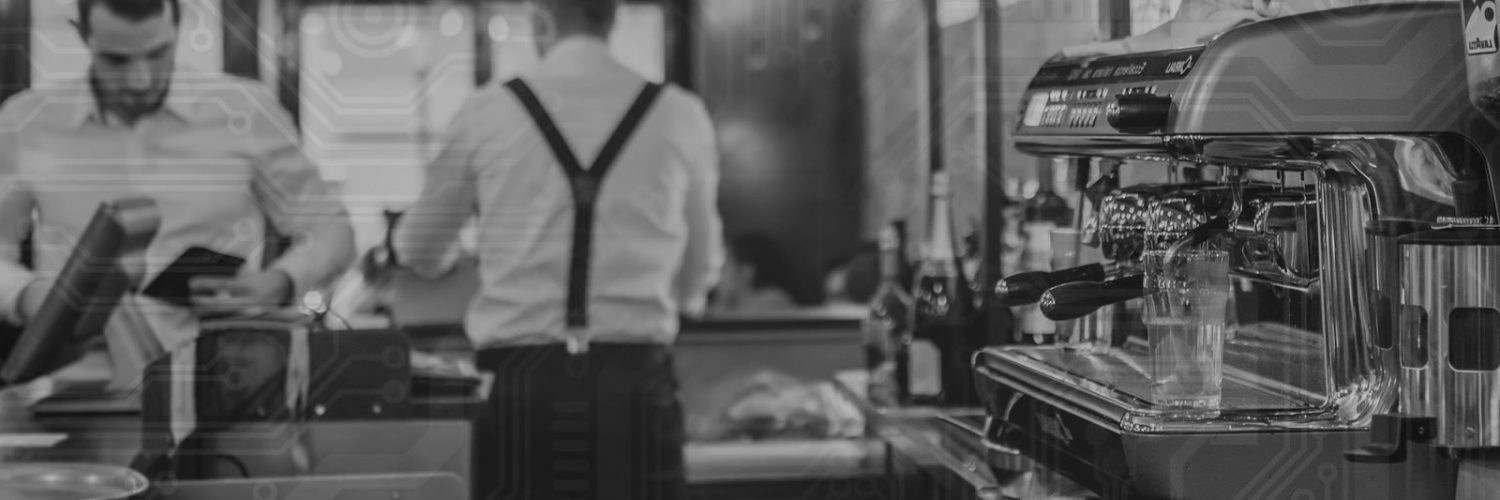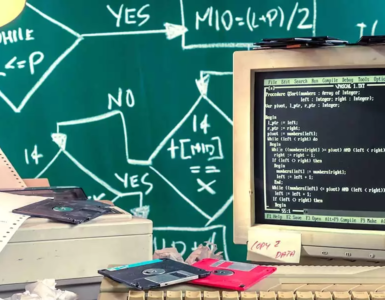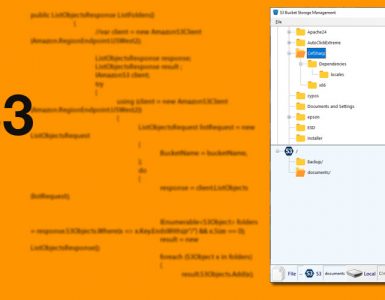I have been on the front and center of the POS design, development, marketing, and sale for close to two decades.
Point Of Sale software applications are sophisticated, ever-changing, and require constant development and improvement. Consequently, POS development is expensive and takes a long time to build genuinely advanced software.
From business to business, you will find contradictory requests for new features and functions. While one customer finds a specific feature to be a useless and total waste of time, another customer loves the same functionality!
POS Development
The first question you should ask yourself is, why do you want to develop yet another Restaurant or Retail POS.
- Do you think there are not enough such applications available on the market?
- You have a brilliant idea, which will make your POS application unique?
- Your cousin is opening a restaurant, and he asked you to build a POS for him?
- You have an ISO, and a POS application helps you acquire more customers for your credit card processing?
Regardless of your reasoning, you should know that this is a perilous journey.
If you have access to millions of dollars, don’t continue reading! This article is not for you! Go ahead and develop anything you want!
Now that you convinced yourself that you have to build the next big POS application, let see what awaits you.
Restaurant POS
The majority of POS applications aim at the Restaurant industry. According to Statista.Com, The number of restaurants in the United States reached a total of 660,755 in Spring 2018.
In another report by Statista, we see that the global POS terminals market software size expected to climb to $2.75 billion by 2025(see the charts below).
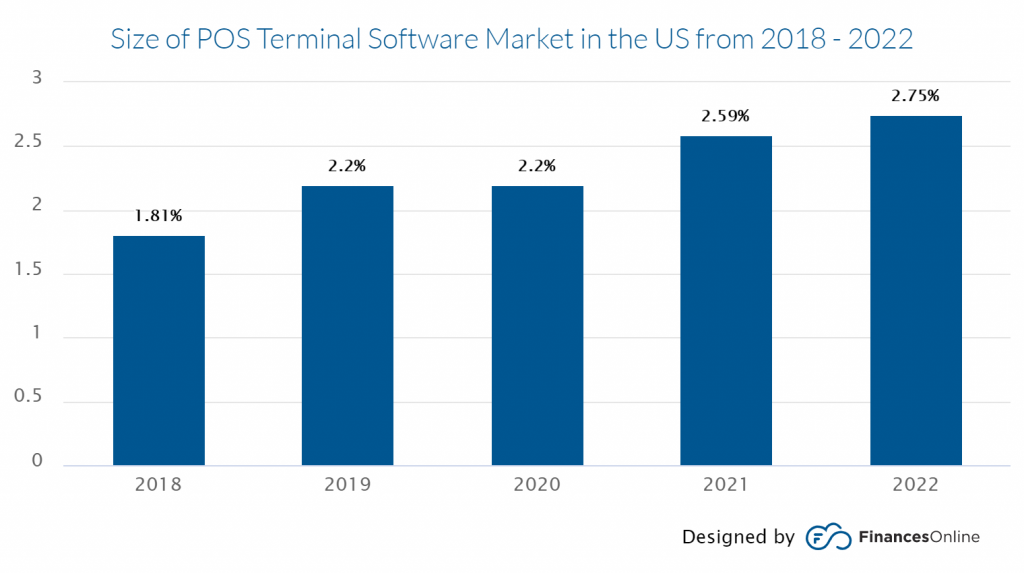
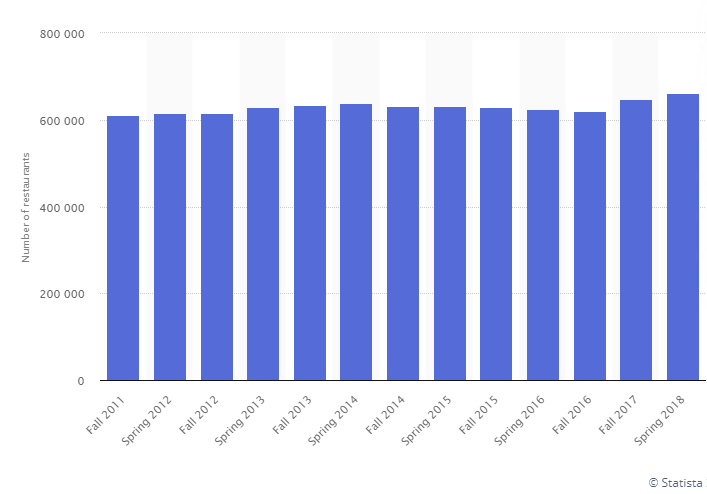
We live in an upside-down world of post-COIVD19, and these charts and predictions must be revised. For now, let’s accept them so we can continue.
Legacy POS companies, such as Micros, Aloha, NCR, Heartland, and Lighthouse Network, hold a large share of this market. Heartland, meanwhile, contains approximately 18% of the entire restaurant market share as per Business Wire.
If you have access to millions of dollars, don’t continue reading! This article is not for you! Go ahead and develop anything you want!
Cloud-Based POS applications, such as Toast, Revel, TouchBistro, LAVU, and many more, are also in fierce competition among themselves and with the legacy system for more significant market share.

In addition to the sheer number of companies in this arena, each software has a list of great features:
- Online Ordering
- Pay-at-table
- Kiosks
- Food and Beverage inventory management
- Gift Cards
- Floorplanning
- Time and Staff management
- Payroll
So, brace yourself for extreme headwinds as you try to compete with these titans of the industry.
You may say you want to work on a market niche and build your way up. Keep in mind that reaching your market is an even bigger project than the actual software development.
Knowing Restaurant business
There is a lot more in a restaurant than the menu and a kitchen that prepares the food!
- Do you know how a restaurant functions?
- Are you going to develop one software that covers all restaurants’ styles, or are you more about a niche in the industry?
- Do you know someone who can help you understand the industry?
- Do you have access to a restaurant where you can put your application into a test?
It’s imperative for you to understand what you are getting yourself in.
Restaurants, although most experts put them into two major categories of Quick Service and Full Service, in reality, they function differently from one to another.

Consider the following examples:
- Upscale restaurants offer multi-course meals, an extensive collection of wines, and a variety of choices and modifications to each dish.
- In some states, tax on alcohol is an extra fee, and you must consider that.
- Quick-service restaurants could charge the customer after they take the order, and to take orders, they may ask for an option to include the tax in the price of each menu item.
- A fast bar does not want its bartenders to struggle for fetching exact cash from the drawer! Round up the total.
- Timekeeping for each employee and processing tip for servers and divvying up among others is very common. But, the logic is very different at each restaurant.
There are a countless number of examples, such as those above.
So, make sure that you have a complete understanding of the restaurant or work with experts in the industry.
POS Technology
Next, you have to decide your POS architecture. Current trends offer you three options:
- Cloud-based
- Local server
- Hybrid
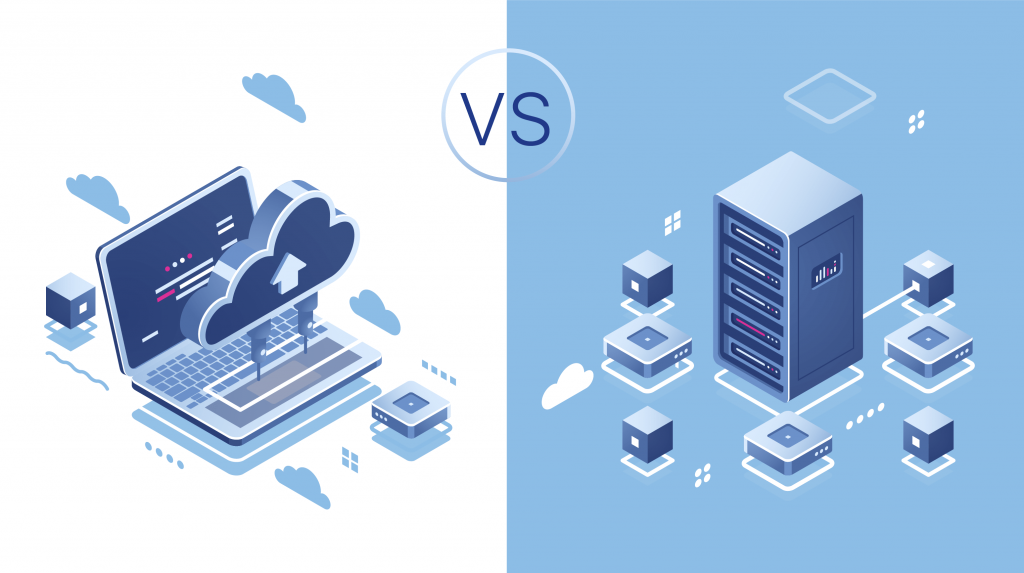
Cloud-Based
You use a cloud platform, for example, AWS, and build your POS system and store the data on a remote cloud server.
Cloud-based provides cloud services to manage everything from data storage to security. A cloud-based POS system also allows owners to consolidate multiple locations and manage their business remotely and access cumulative information for all their sites, or separate data of a single place.
The downside of a cloud-based system is its need for a good internet connection at all times. Cloud-based systems could become slow and sluggish if the internet connection is not optimal.
In the case of an internet outage, a cloud-based system becomes useless. Dead in the water!
Local Server
In a local server architecture, data storage is a server on the premise.
A local area network, or LAN, connects the POS stations to the local server. Local server POS systems considered legacy nowadays.
In a server-based system, you must ensure that your local server is secure; you also must back up the database routinely. Otherwise, you could lose all the data if the server or hard disk, for any reason, damaged or compromised.
Achieving many features of a cloud-based system in local-server setting is possible but not as effectively and easily as it is in a cloud-based system.
Hybrid
When you use all the benefits and advantages of cloud-based design combined with the accessibility of local server design, you have a hybrid POS.
Hybrid POS systems are the best architecture for any restaurant. Between a local server and the cloud services, you have the best of both designs.
Touch Bistro and Toast have utilized hybrid design to provide very reliable POS systems.

Platforms
The next step is to decide the platform you want to target. By platform, I mean the hardware platform, iOS, Android, or Windows.
All legacy systems are Windows-Based. Cloud-based systems are mostly iOS and Android.
Toast and Clover are Android-based POS systems.
You could design your system to work on all three operating systems, but it would be more complex and harder to support.

In choosing a platform, you should go with the one that you have the expertise and skills. Keep in mind that you have to support your product.
Over the years, I have lost faith in Windows. I am disappointed and believe that Microsoft failed all its loyal fans by not keeping up with the changes and demands of the new system. I yet to see a real and viable solution for a portable device with Windows OS!
iOS with iPad is widespread, and the variety of the encasements for all sizes of the iPad has made a reliable choice.

Android is open-source, and that has allowed the hardware developers to build devices of all sizes and looks.
There are also portable payment devices, which benefit from Android.

Support
As you sell your software and expand your business, you must be able to support your customers.
Almost all restaurant customers ask for 24/7 support. You need a well-trained support team with in-depth knowledge of your products.
Deployment, which includes installation and training of the staff, is the beginning of your support work. To have a successful implementation, you must make sure that the restaurant can meet the requirements of your system, whether be the network infrastructure, or stable power outlets, or enough space to put the POS stations.
Do not be surprised when you saw a power strip with several devices connected to it, covered with grease, and duck-taped to a table!
It’s always tough to get the restaurant staff to show up at the same time for training. Restaurants tend to miss the training appointments or “they are busy” and cannot spend enough time to understand and learn their new POS system works!
I have seen numerous times that when a restaurant takes the training lightly, it becomes a support liability!

Support expenses could easily consume the revenue you have from a restaurant.
Pricing
Now it’s time to name your price!
Most definitely, you use a SaaS (Software as a Service) model to price your product.
You charge a set monthly fee to the customer for using your software.
The success or failure of your company depends on your pricing strategy. You have to balance between value and revenue.
If your model undercharges, you fail to compensate for the development and deployment costs adequately. Overcharge, on the other hand, kills growth, causing you to lose a lot of potential customers.
SaaS pricing is not always straightforward. You have to factor in several items such as:
- Cost of running your cloud-based system (e.g., AWS or Azure monthly cost)
- Support cost
- Ongoing development and improvement cost
- Deployment cost
Most common SaaS pricing models are:
- Flat Rate
- Usage-Based
- Tiered
- Per-user
- Modular or per feature
- Freemium
Each one of these methods has pros and cons, but the most crucial factor in pricing is to figure out which model best fits your product.
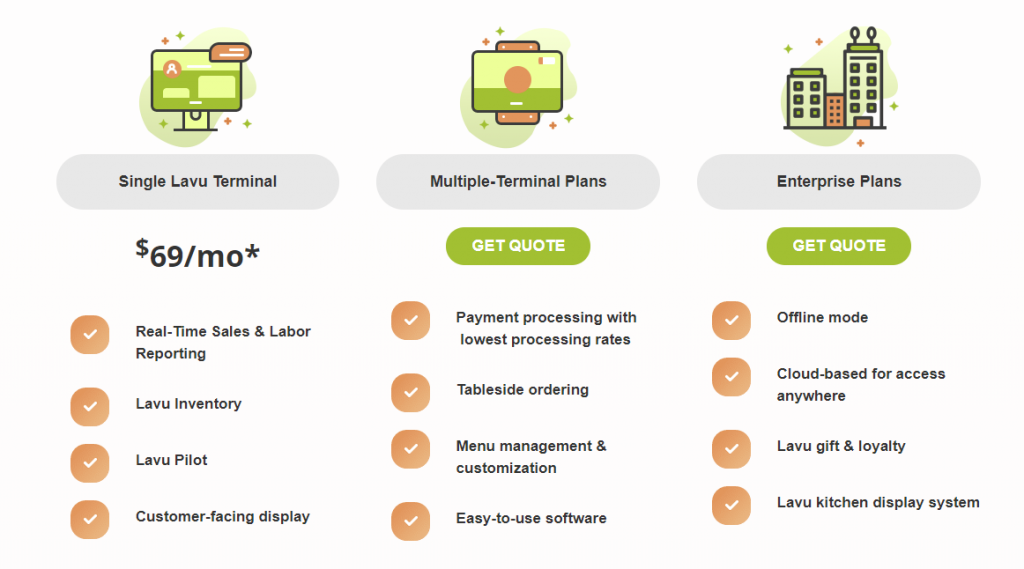
For example, Slack uses a freemium model in which they offer a free version of their software. The free version comes with limitations and restrictions. Free Slack works for many companies, but sooner or later, the users need more features, and that’s when they upgrade to a paid version.
The freemium model could be as part of a tiered pricing strategy.
The majority of the POS SaaS pricings are using a flat rate, Tiered, or modular (per feature) pricing.

In the POS market, fierce competition is going on, and the right price is amongst the most critical decision you have to make.
Review the pricing of the other POS providers and compare your POS list of features with theirs. Excellent software with outstanding support and smart pricing has a good chance of winning much business.

Sale Channels
You need to have one or more sales channels to market and sell your POS. A sale channel is a method of bringing products or services to the market so consumers can purchase them.
In the case of POS systems, you could use a direct channel and sell your software directly to the customers.
It can also be indirect, which in this case, an intermediary such as a dealer offers your product to customers.
Direct Sale Channel
If you decided to sell your products directly to the customers, in this case, restaurants, you can build a website, advertise your product on search engines and social media, and other online and offline venues.
Search engines offer an advertising model called Pay Per Click, or PPC.
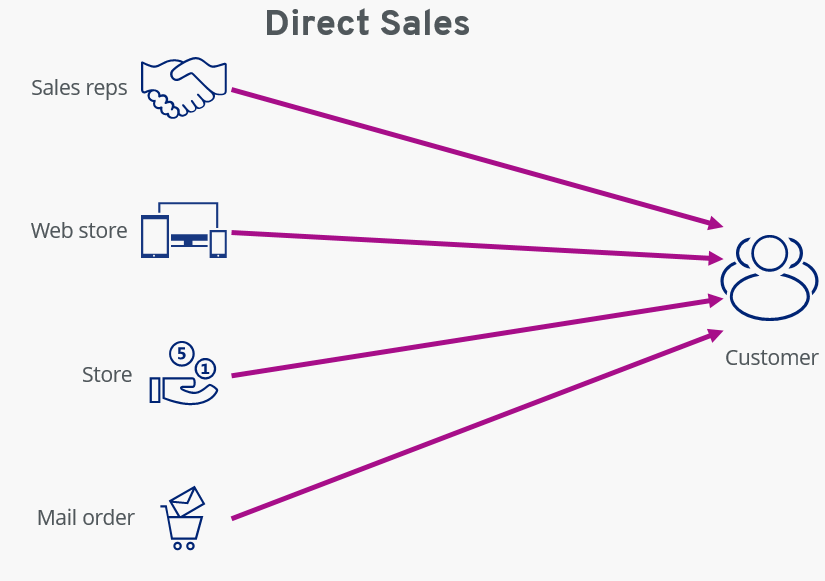
In a PPC model, you bid on the best keywords against your competition. Keywords that could lead visitors to your website, and when you have their attention, you could persuade them to take the next step, whatever that might be, to close a deal and make a sell eventually.
PPC is a fundamentally flawed system! It works for a particular group of advertisers and not everybody. Advertisers with deep pockets run PPC ad campaigns alongside other advertising methods to promote their brand through repetition.
Bidding for keywords related to the POS starts from at least $25 per click. You set up a budget, set the PPC on autopilot to bid for you, and showed your ad on the top of the first page, or somewhere on the first page of search results.

- A click does not always turn into a sale.
- You pay an outrageous amount of money to get visitors that might have landed on your page by mistake, on purpose to waste your budget (competitors click) or just curious.
- Your audience is not where you are advertising!
- Your Return On Investment (ROI) is not justifiable.
Social media advertising is another venue to look for customers. All major social media platforms offer similar schemes to PPC.
Some other methods of promoting your POS software online are listed below:
- Email Marketing
- Search Engine Marketing
- Video ads
- Software promotion websites
Indirect Sale Channels
An indirect sale channel refers to using Dealers, Resellers, affiliates, or any intermediary in selling the product.
SaaS pricing model dictates the rules of choosing indirect sale channels.
If your pricing model leaves you with a healthy margin, then choosing resellers would be a good idea.
Your resellers enjoy a special buy rate from you, and they sell your software.

Resellers don’t limit themselves exclusively to a single POS product. At least not the new generation of the resellers.
A reseller wants to offer a range of products to maximize its chance of winning business and a higher profit.
You have to understand that your buy rate for the reseller must worth its while, or else they never offer your product to their customers.
If your only source of revenue is your SaaS revenue, you don’t have enough wiggle room to deal with your resellers.
Payment Processing
Needless to say that one of the core functions of your POS software is payment processing.
Your software manages multiple tender types, such as Cash, Credit cards, and Gift Cards.
Credit card payment processing requires integration into specific payment platforms and devices. I am not going to get into the nitty-gritty of payment integration and payment processing. You can see my articles on the subject.
To accept credit (and debit) card payments, a merchant needs a merchant account. Banks and payment processing companies offer merchant account to a wide variety of business types.
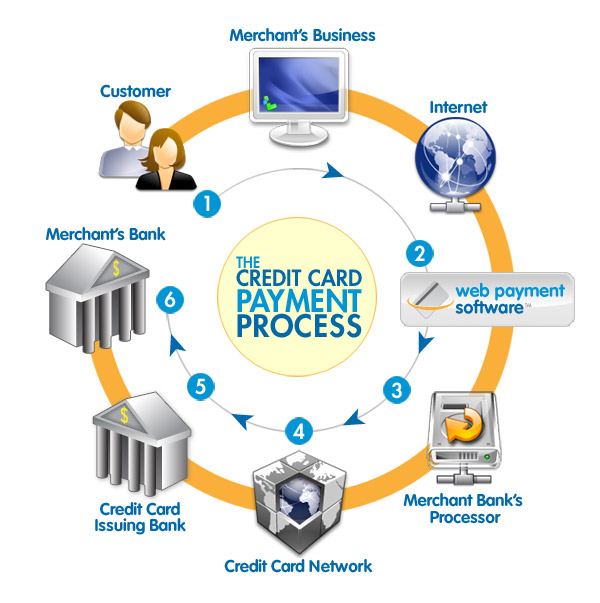
To process a single credit card transaction, many players must play their part:
- Merchant
- Card Brands (Visa, Mastercard, American Express, Discover, and others)
- Issuing bank (Bank that has issued the credit card)
- Acquirer (provides card processing services to the merchant)
All in all, if the merchant processes a transaction for $100, he will receive something roughly around $97.00; the $3.00 fee gets divided between other parties. The $3.00 is what I want to understand.
Let me show you how you can get a piece of the $3.00 transaction fee.
A Symbiotic Partnership
The idea is essential; you see it in every area of business. The scheme of a mutually beneficial business arrangement is appealing, but what you gain from it may not necessarily be an immediate and massive increase in your profit margin, but instead, your gain may be in the form of more exposure. Partnerships of this type are usually more profitable over time, especially for a starving startup, growing your business’s reach could become a higher advantage in the long run.
For credit card processors, it is vital to continually recruit new merchants to maintain and expand their market share. Credit Card processing is a very competitive industry.
You partner up with a credit card processor and provide payment processing, giving the POS software and the integration. This symbiotic partnership is always mutually beneficial. The processor shares with you a percentage of what they make from each transaction (this is called Rev Share), and you win new merchant accounts to them.
On the other hand, almost all credit card processors have a sales team that reaches out to businesses daily. The processor introduces your software to the merchant and acquires the merchant account.
This model is prevalent, and if two sides play it fair, it’s proven to be very successful.
For example, Toast exclusively uses Worldpay. Any merchants who want to use Toast POS, they have to process credit card through Worldpay.
Square is a payment facilitator, which is a special kind of payment processor. Square customers cannot use any other credit card processor but Square!
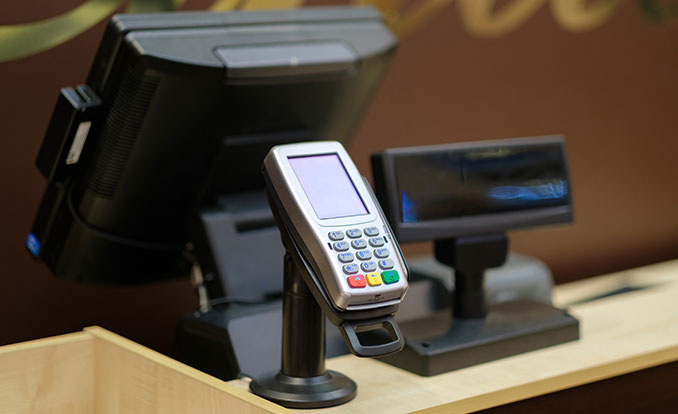
You don’t have to lock your product exclusively with one specific processor. You can always have a list of “preferred processors.” You bring them merchants, and you collect Rev Share from your partnership.
There is a lot more in symbiotic partnership between POS software companies and payment processors.
So, if you have Rev Share coming from your partnership with one or more payment processors and your SaaS fees, you have a revenue stream.
Agnostic
Some POS companies introduce themselves as “Agnostic.” An agnostic POS does not have a preferred processor or has exclusive ties to any credit card processor.
If you operate as agnostic, you most likely settle on your SaaS fees and maybe some other small charges that you can build into your plans.
In my years in this industry, I have seen many companies that started as agnostic and ended using the processors/POS symbiotic partnership.
An example of this is POS LAVU, which started as a small and agnostic POS company in Albuquerque, New Mexico. LAVU works with Card Connect as its primary payment processor.
Small credit card processing fees add up, and you will be surprised how quickly you get a nice monthly payment deposited to your bank account from your processor. In many cases, what you will receive from a credit card processor, surpasses your monthly SaaS fees for almost every customer you have!
Conclusion
Engaging in Restaurant POS development is not for the faint of heart.
I tried to cover as many subjects as possible and I hope you find the information useful. But the fact is there is a lot more to learn.
There are many obstacles you have to overcome. It requires full attention every hour, but if you understand it and be able to build a good team and establish partnerships, it could be a rewarding venture.


